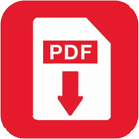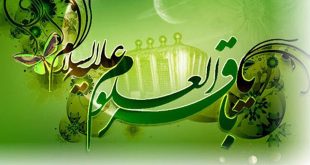This book gives a detailed account of the two types of Wahhabis: Moderate and Extremist; and explains the reasons why Wahabism is at the crossroads.
Two types of Wahhabis — Extremist and Moderate:
- Extremist and hard-line Salafis regard all Muslims, apart from themselves, as infidels (Kafir) and polytheists (Mushrik), and consider shedding their blood and wealth as admissible. Obduracy in thought, ruthlessness in speech and action and contempt for logical and rational discussions is amongst their most evident characteristics. In Afghanistan, Iraq, Pakistan and their own homeland, Saudi Arabia, their brutality has made the world weary of them. Their hideous image of Islam, as presented to the world, will take years of struggle to undo. They have, as a result, come close to the end of their existence and will soon be history.
- The moderate and enlightened Wahhabis are the people of logic, debate and dialogue (Hiwar), and respect other scholars and enter into friendly discussions with other Muslims. They neither order the execution of someone nor do they consider any Muslim as a polytheist or infidel, nor consider admissible their wealth and property. They find more supporters every day. And this is a glorified dawn for the Islamic world, the signs of which have been witnessed in the recent books published in the Hijaz, their journals and TV discourses.
This book will give you a detailed account of the above.
Bibliographic Information
Title: Wahhabism at Crossroads
Author: Ayatollah Nasir Makarim Shirazi
Publisher: ABWA Publishing and Printing Center First Printing
Language: English
Length: 129
ISBN: 978-964-529-724-2
Pub. Date: 2011
 Ijtihad Network Being Wise and Faithful Muslim in the Contemporary World
Ijtihad Network Being Wise and Faithful Muslim in the Contemporary World

